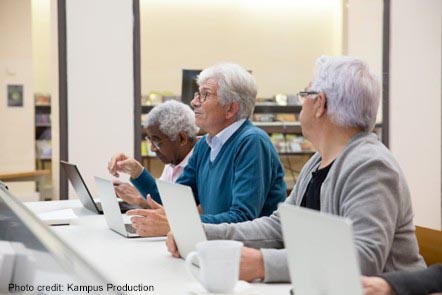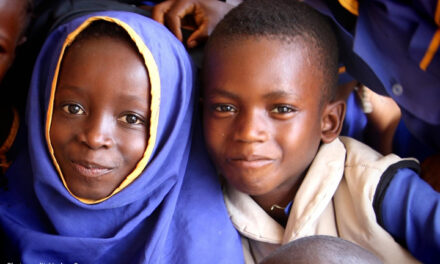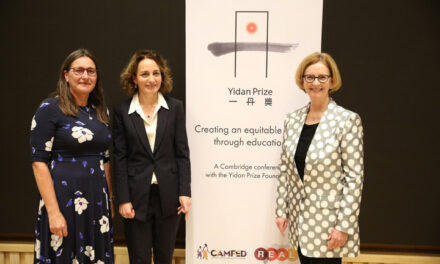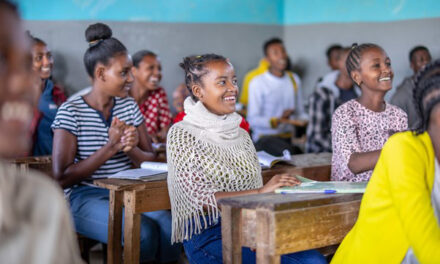This blog was written by Maria del Consuelo Velázquez Alva, Universidad Autónoma Metropolitana, Mexico and Ricardo Sabates Aysa, University of Cambridge, UK.
During the past decades, the life expectancy of people living in most regions of the world has increased significantly because of improvements in living conditions, socio-economic development, advances in medicine and more progressive in public health policies. As an example, in 1960, the average life expectancy at birth was about 67 years, but by 2024, it had increased to about 84 years. In addition, the share of the population that lives past 80 years of age has also been rising. While this has been a phenomenon mostly in high-income nations, the pattern is already emerging in many other middle-income nations. As the World Health Organization expects that the number of people over 60 years will reach 1.4 billion by 2030, we raise the question about the importance of education for active ageing.
Understanding active ageing
Depending on our current stage of the life course, the ageing population may be the generation of our parents or grandparents (and even great-grandparents). Yet, ageing is a stage of life. During this stage, older people experience gradual changes, sometimes progressive, in many cases irreversible and multifaceted, which ultimately concludes with the end of life. However, older people do not necessarily age pathologically, and ageing does not necessarily equate to illness, dependency, disability, deterioration, or frailty. Quite the opposite. Due to the adoption of healthy lifestyles, such as nutrition, exercise, participation in social activities and effective stress management, many old people remain extremely active in this stage of life.
Active ageing is defined by the World Health Organization (WHO) as the process of improving quality of life as people age by optimising health, participation, and security. Yet, this definition must be problematised within the context of the Global South, where most of the ageing population will reside in the coming decades. In such contexts, where resources are scarce and health technologies accessible to the few, education plays a crucial role in supporting the self-sufficiency of the ageing population. Education is central for promoting social integration, autonomy and wellbeing, as well as knowledge of health conditions. In this article, we consider some of these important aspects of education.
The social benefits of education for active ageing
Research has demonstrated that education facilitates the inclusion of older individuals in the digital world, literacy, and the use of social networks, enabling them to remain connected and reduce isolation, depression and loneliness. Furthermore, education empowers older adults to develop healthy lifestyles, prevent chronic diseases, manage stress, and gain a deeper understanding of their health conditions. Education is also central to understanding and preventing age discrimination (ageism), promoting gender equality in old age, and ensuring equitable access to resources. There is an important role in educational programmes for older adults that aim to overcome the barriers that these adults face in modern technologically driven society. Finally, there is a role of education in breaching the intergenerational barriers between older adults and younger generations. These include cultural differences, changing perceptions, understanding new trends and acceptability of broader perspectives of equity and inclusion, and as previously mentioned, technological gaps.
The health benefits of education for active ageing
Another important strand of research has focused particularly on the health benefits of education for older adults. For many older adults, programmes on health education include learning opportunities to improve health literacy. Health education refers to the process of providing people with the knowledge, skills, and attitudes that they need to promote, maintain, and improve their health. It focuses on preventing diseases, improving physical, mental, and social health, and empowering older people to make informed decisions about their health. Hence, the goal of health education is not just access, but active participation, inclusion and informed decision-making, which promotes agency among this important population.
In many resourced rich nations, there has been an increasing trend toward encouraging older adults to pursue higher education and participate in a variety of continuing education programmes, including courses, workshops, diplomas, and digital and technological training (use of smartphones, computers, and the internet). Furthermore, adults in these contexts have been encouraged to participate in art and creativity, physical education and wellness, language, among other options available. Yet, this is not the case for most adults, as these kinds of programmes are not widely available in resource constrained communities. Fortunately, many older adults remain important figures in their communities, and continue to support younger generations with household chores and caring responsibilities. Hence, active ageing in low-resource contexts serves as an important resource for many communities.
Reflections
Globally, the ageing of the population and the increase in life expectancy present significant challenges and opportunities. Hence it is noteworthy to mention the Decade of Healthy Ageing (2020-2030), an initiative from the World Health Organization to promote active, healthy, and participatory ageing. In particular, it emphasises four key areas: healthy environments, social participation, health and wellbeing, and equity in ageing. Within these, education has a crucial role to play, not just in enabling continuing learning for older adults, but also empowering, and contributing to a more inclusive society with ample opportunities for all.





